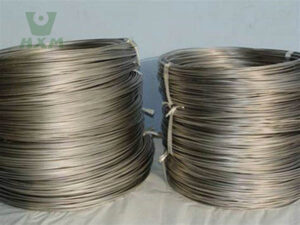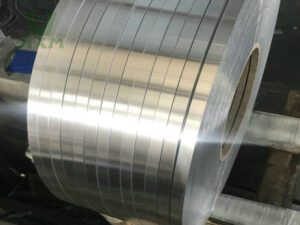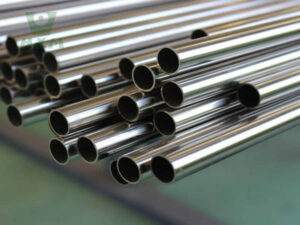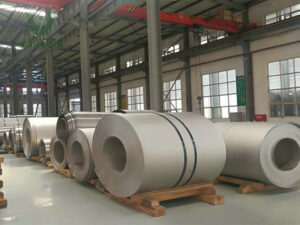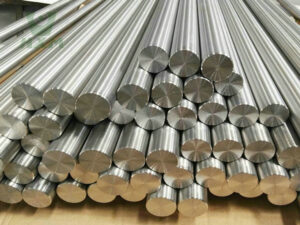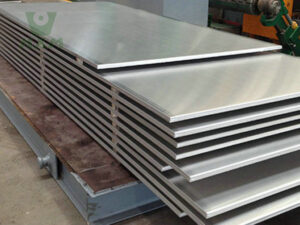3D Printing Titanium Alloy is an advanced manufacturing process that uses titanium-based materials to create complex, high-performance components layer by layer. This technology leverages the unique properties of titanium alloys, such as high strength-to-weight ratio, corrosion resistance, and biocompatibility, to produce parts for industries like aerospace, medical, and automotive. Below is a detailed analysis of 3D printing titanium alloy, covering its properties, advantages, applications, 3D printing technologies, and comparison with traditional manufacturing methods. The analysis includes specific data and tables for clarity.
Titanium Alloy Ti-6Al-4V (Titanium Grade 5 Alloy), also known as Grade 5 titanium, is one of the most widely used titanium alloys in the aerospace, medical, and industrial sectors. It is an alpha-beta alloy, composed primarily of titanium, aluminum, and vanadium. This alloy is renowned for its excellent strength-to-weight ratio, corrosion resistance, and biocompatibility. Huaxiao Metal Supplier has the various titanium alloy and the quality is good in China.
3D printing, also known as additive manufacturing, has revolutionized the manufacturing industry by enabling the creation of complex structures with high precision. Among the various materials used in 3D printing, titanium alloy stands out due to its exceptional properties. This report delves into the intricacies of 3D printing titanium alloy, analyzing its characteristics, advantages, applications, and comparing it with other materials.
Overview of 3D Printing Titanium Alloy
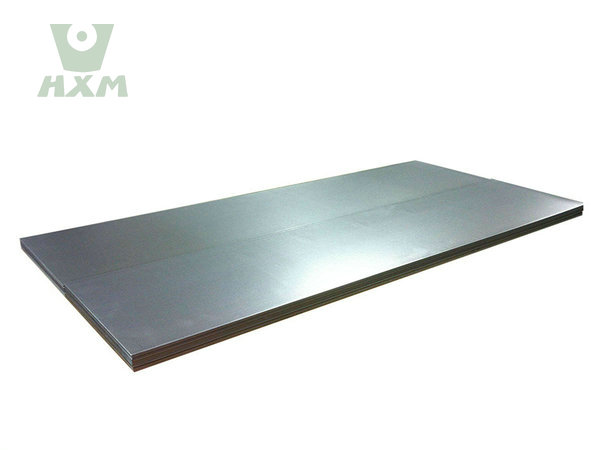
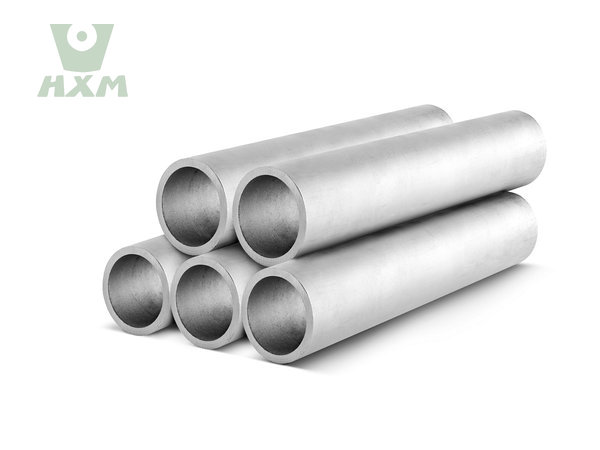
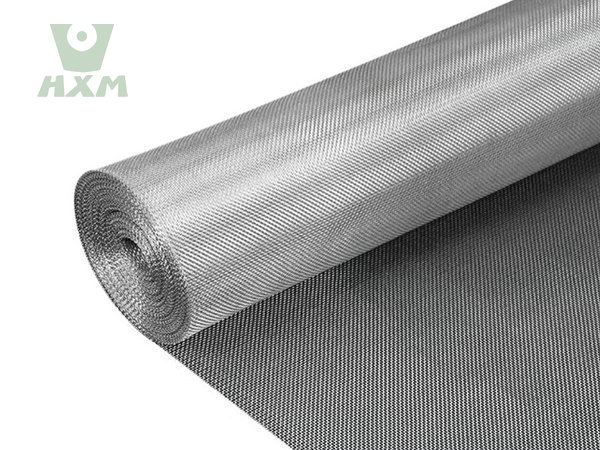
3D Printing Process of Titanium Alloy
The 3D printing of titanium alloy involves several key steps:
- Design Modeling: Creating a digital model of the titanium alloy component using computer-aided design (CAD) software.
- Slicing: Converting the digital model into thin layers to form a file that the 3D printer can print layer by layer.
- Printing: The 3D printer precisely melts and solidifies titanium alloy powder or wire according to the sliced file, gradually building the final object.
- Post-processing: After printing, the component may require post-processing steps such as removing support structures and heat treatment to achieve the desired physical properties.
3D Printing Titanium Alloy Specification
Titanium alloy is a metallic material composed primarily of titanium (Ti) combined with other metallic elements such as aluminum (Al), vanadium (V), and molybdenum (Mo). It is renowned for its high strength, low density, excellent corrosion resistance, and good biocompatibility. The density of titanium alloy is approximately 4.51g/cm³, which is about 60% of steel, making it ideal for lightweight applications.
Chemical Composition of Titanium Alloy
Titanium Alloy Ti-6Al-4V is composed primarily of titanium (Ti), with aluminum (Al) and vanadium (V) as key alloying elements. Ti serves as the base, providing mechanical strength and chemical stability. Al enhances the alloy’s strength and hardness while reducing density. V stabilizes the β-phase, improving toughness and thermal stability. This alloy is characterized by its high strength-to-weight ratio, excellent corrosion resistance, and good biocompatibility. It is widely used in aerospace, medical implants, and chemical processing due to its combination of mechanical properties and corrosion resistance. Huaxiao Metal Manufacturer has the good service and delievery for customerized solutions.
Physical Properties of Titanium Alloy
Titanium alloys, particularly Ti-6Al-4V (Grade 5), are the most commonly used materials in 3D printing due to their excellent mechanical and chemical properties.
| Property | Value | Significance |
|---|---|---|
| Density (g/cm³) | 4.43 | Lightweight, ideal for aerospace and automotive applications. |
| Tensile Strength (MPa) | 900–1200 | High strength for structural components. |
| Yield Strength (MPa) | 830–1100 | Ensures durability under stress. |
| Elongation (%) | 10–15 | Provides ductility for impact resistance. |
| Melting Point (°C) | 1604–1660 | Suitable for high-temperature applications. |
| Corrosion Resistance | Excellent | Resists corrosion in harsh environments, including seawater and acids. |
| Biocompatibility | High | Ideal for medical implants and prosthetics. |
Huaxiao Metal Manufacturer also provides other shapes of Titanium Alloy products, such as plate&sheet, bar, coil,wire&mesh, tube&pipe, strip. The price is affordable and suitable.
Benefits of Using Titanium Alloy
| Advantage | Description |
|---|---|
| Design Freedom | Enables the creation of complex geometries that are impossible with traditional methods. |
| Lightweight and Strong | Titanium’s high strength-to-weight ratio is perfect for aerospace and automotive industries. |
| Material Efficiency | Reduces waste by using only the required amount of material. |
| Customization | Allows for tailored designs to meet specific application requirements. |
| Rapid Prototyping | Speeds up the development process by quickly producing prototypes. |
| Cost-Effective for Small Batches | Eliminates the need for expensive molds or tooling for small production runs. |
Advantages and Performance Comparison
1. High Strength and Low Density
Titanium alloy offers a high strength-to-density ratio, enabling the production of lightweight yet strong components. This is particularly advantageous in aerospace applications where weight reduction is crucial for fuel efficiency.
Comparison with Aluminum:
- Titanium alloy has a higher strength-to-density ratio than aluminum, making it more suitable for high-load applications.
- Aluminum, while lighter, has lower strength and may not be suitable for extreme environments.
2. Excellent Corrosion Resistance
Titanium alloy exhibits exceptional corrosion resistance in various environments, including acidic, alkaline, and seawater. This makes it ideal for use in marine applications and chemical processing equipment.
Comparison with Stainless Steel:
- Titanium alloy has superior corrosion resistance to stainless steel in many environments.
- Stainless steel may corrode in certain aggressive chemicals or high-temperature conditions.
3. Good Biocompatibility
Titanium alloy’s biocompatibility makes it an excellent choice for medical implants such as artificial joints and dental implants. Its use in medical applications ensures long-term durability and reduces the risk of complications.
4. High-temperature Performance
Titanium alloy can operate at temperatures up to 500°C, making it suitable for high-temperature applications such as aerospace engines and gas turbines.
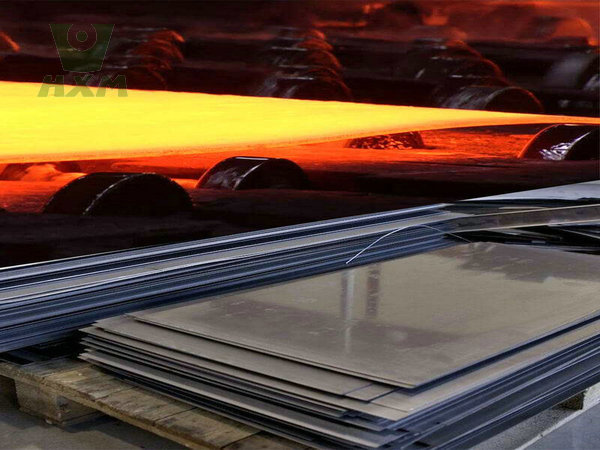
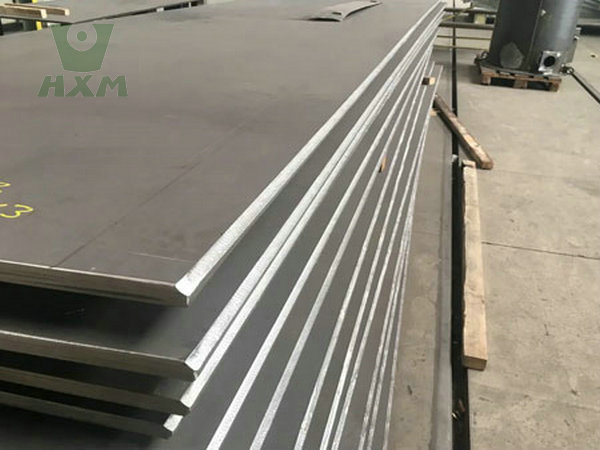
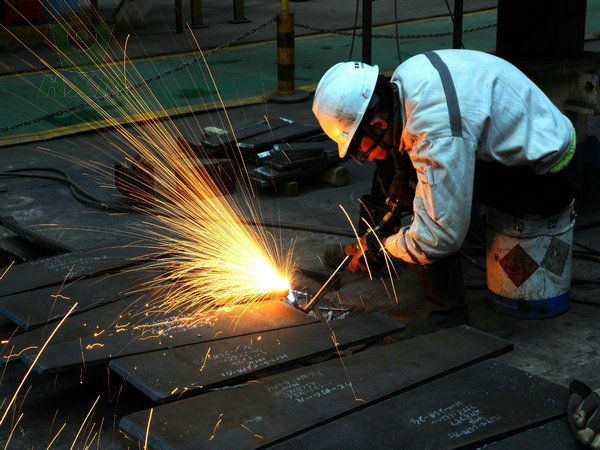
Huaxiao Metal Supplier provides all kinds of titanium alloy products in the world. Welcome to inquiry and ask for the lastest price. Looking forward to your email, which I am convienced that you will be satisfied to our products.
Titanium Alloy Tips for Procurement and Cost-Effectiveness
Titanium Alloy Procurement
Understand Market Dynamics:
- Keep abreast of market trends and fluctuations in titanium prices.
- Monitor supply and demand dynamics to anticipate potential price changes.
Evaluate Quality Requirements:
- Determine the specific quality and performance requirements for your application.
- Balance quality with cost to avoid overspending on unnecessary features.
Source from Reliable Suppliers:
- Choose suppliers with a proven track record of delivering high-quality Ti-6Al-4V alloy.
- Establish long-term relationships with suppliers to secure better pricing and terms.
Titanium Alloy Cost-Effectiveness
- Negotiate Contracts:
- Seek volume discounts and other cost-saving opportunities through contract negotiations.
- Consider fixed-price contracts to mitigate the risk of price increases during the procurement process.
- Consider Alternative Manufacturing Processes:
- Explore alternative manufacturing processes, such as additive manufacturing (3D printing), which can reduce material waste and lead times.
- Assess the feasibility of using Ti-6Al-4V alloy in combination with other materials to optimize cost and performance.
- Optimize Inventory Management:
- Implement lean inventory management practices to reduce holding costs and minimize waste.
- Use advanced inventory tracking systems to ensure timely replenishment and avoid stockouts.
Huaxiao Metal Supplier provides professional services and reasonable prices, offering customers the best quality products. The Titanium Alloy Factory is a specialized manufacturing facility dedicated to the production of high-quality titanium alloy. This factory combines advanced technology, rigorous quality control, and experienced personnel to ensure the production of titaium alloy the highest standards.The factory is equipped with state-of-the-art production equipment and machinery, capable of producing titanium alloy with precise dimensions and consistent quality.Welcome to reqiure, and ask to the lastest price list.
Titanium Alloy Manufacturing and Cost
- Manufacturing Processes: Ti-6Al-4V can be processed using various methods, including forging, casting, machining, and additive manufacturing (3D printing).
Cost: The cost of Ti-6Al-4V is relatively high due to the expensive raw materials and complex processing required. However, its superior properties often justify the cost in critical applications.
- Raw Materials: The cost of titanium sponge, the primary raw material for producing Ti-6Al-4V, can fluctuate due to market conditions and supply chain disruptions. Cost reduction strategies include using low-cost raw materials like titanium hydride powder and recycling scrap material.
- Processing Techniques: Various manufacturing techniques can be used to produce Ti-6Al-4V components, including casting, forging, extrusion, rolling, and powder metallurgy. Each technique has its own cost implications and is suitable for specific applications.
- Heat Treatment: Heat treatment can optimize the mechanical properties of Ti-6Al-4V by reducing residual stresses and improving ductility and toughness. This process adds to the overall cost but is essential for achieving the desired material properties.
- Precision Machining: High-precision machining is often required to achieve the tight tolerances and complex geometries required for aerospace and medical applications. This adds to the cost but ensures the production of high-quality components.
Comparison with Traditional Manufacturing Methods
| Aspect | 3D Printing Titanium Alloy | Traditional Manufacturing |
|---|---|---|
| Material Waste | Minimal waste due to additive process. | Significant waste from machining and cutting. |
| Design Complexity | High; can produce intricate geometries. | Limited by tooling and machining capabilities. |
| Production Speed | Faster for prototypes and small batches. | Slower due to tooling and setup requirements. |
| Cost | Cost-effective for small batches and complex designs. | High initial costs for tooling and molds. |
| Material Properties | Comparable or superior mechanical properties. | Depends on the manufacturing process and post-processing. |
| Customization | Highly customizable. | Limited customization due to fixed tooling. |
Titanium Alloy Pricing Insights
3D Printing Technologies for Titanium Alloy
| Technology | Description |
|---|---|
| Selective Laser Melting (SLM) | Uses a high-power laser to melt and fuse titanium powder layer by layer. |
| Electron Beam Melting (EBM) | Uses an electron beam to melt titanium powder in a vacuum, suitable for high-strength parts. |
| Direct Energy Deposition (DED) | Deposits molten titanium onto a substrate, ideal for repairing or adding material to existing parts. |
| Binder Jetting | Binds titanium powder using a liquid binder, followed by sintering to achieve final strength. |
Applications of Titanium Alloy in Various Industries
1. Aerospace
Titanium alloy is extensively used in aerospace applications due to its combination of high strength, low density, and corrosion resistance. 3D printing enables the manufacturing of complex components like aircraft engine parts and structural frames with enhanced performance and reliability.
2. Medical
In the medical field, 3D printed titanium alloy is used to create highly personalized implants that match the patient’s bone structure. This results in better fit, reduced complications, and longer implant lifespan.
3. Automotive
The automotive industry leverages 3D printed titanium alloy to create lightweight components such as engine brackets and suspension systems, improving fuel efficiency and performance while reducing emissions and noise levels.
4. Energy
Titanium alloy is also used in the production of key components for efficient energy equipment, such as gas turbine blades and wind turbine components, contributing to the sustainable development of the energy industry.
| Industry | Applications | Examples |
|---|---|---|
| Aerospace | Structural components, engine parts. | Turbine blades, brackets, and fuel nozzles. |
| Medical | Implants, prosthetics, surgical tools. | Hip implants, dental crowns, and spinal cages. |
| Automotive | Lightweight components, engine parts. | Connecting rods, suspension parts, and exhaust systems. |
| Energy | Turbine components, heat exchangers. | Wind turbine parts and nuclear reactor components. |
| Defense | Armor, weapon components. | Lightweight armor plates and drone components. |

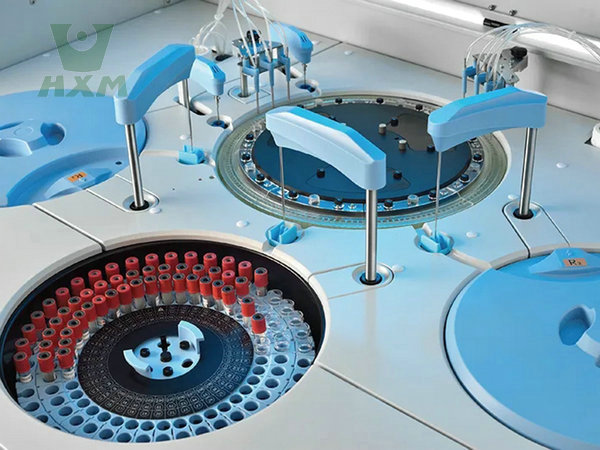
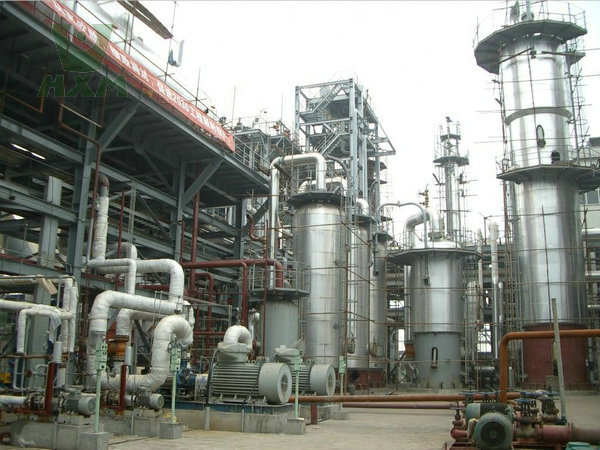
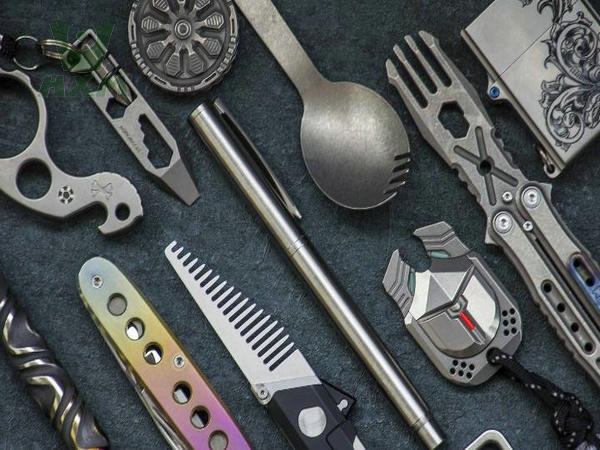
Challenges in 3D Printing Titanium Alloy
| Challenge | Description |
|---|---|
| High Material Cost | Titanium powder is expensive, increasing the overall cost of 3D printing. |
| Post-Processing | Requires additional steps like heat treatment and surface finishing to achieve desired properties. |
| Equipment Cost | 3D printers for titanium alloys are expensive and require specialized facilities. |
| Skill Requirement | Operators need advanced training to handle the complex process. |
| Quality Control | Ensuring consistent quality and mechanical properties can be challenging. |
In Conclusion
Ti-6Al-4V is a versatile and high-performance titanium alloy that offers an exceptional combination of strength, corrosion resistance, and biocompatibility. Its applications span across various high-tech industries, making it a material of choice for demanding environments. Despite its higher cost, the benefits it provides often outweigh the expenses, especially in critical applications where performance and reliability are paramount. Our products are guaranteed in quality, and our professional team can provide technical support and consulting services. If you need more information or have any questions, please free to contact our customer service team.
| Aspect | Details |
|---|---|
| Properties | Lightweight, high strength, corrosion resistance, biocompatibility. |
| Advantages | Design freedom, material efficiency, customization, rapid prototyping. |
| Applications | Aerospace, medical, automotive, energy, defense. |
| Technologies | SLM, EBM, DED, Binder Jetting. |
| Comparison | Superior in design complexity and material efficiency; cost-effective for small batches. |
| Challenges | High material and equipment costs, post-processing requirements, skill requirements. |
3D printing titanium alloy is a transformative technology that leverages the unique properties of titanium to produce high-performance, complex components for various industries. Its advantages, such as design freedom, material efficiency, and customization, make it a preferred choice for applications in aerospace, medical, and automotive sectors. Huaxiao Metal Supplier is professional and experienced in alloy producing factory, our company provides the personalized services and welcome to inquiry about the lastest price.
3D printing titanium alloy represents a significant advancement in manufacturing technology, offering unparalleled design flexibility and precision. Its unique combination of high strength, low density, corrosion resistance, and biocompatibility makes it an ideal material for a wide range of applications, including aerospace, medical, automotive, and energy. As research and development continue, we anticipate even more innovative uses and improvements in titanium alloy 3D printing, further driving its adoption and impact across various industries.

